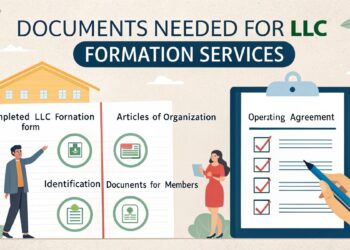Most of us decide on purchasing a house or commencing home construction only after giving it careful consideration. This is because a home purchase or home construction requires a huge amount of money being spent during the entire process.
People often finance their dream home through home loans with long tenures and a higher principal amount. Therefore, the interest component of the loan has a significant impact on the borrower. Even a small change in interest rates can immediately impact the monthly outflow towards loan repayment. If you observe that your home loan does not have the best interest rate, especially if compared to other home loans in the market, you should avoid staying with the same home loan.
In such situations, you may want to do a cost-benefit analysis before finalizing your loan repayment decision. Questions like, will it benefit if you repay the loan faster, does it make sense to prolong the loan repayment, should you do a balance transfer, etc may arise. Here, we will discuss the concept of cost-benefit analysis in loan repayment and how it can help you.
What is a cost-benefit analysis?
A cost-benefit analysis is a systematic process that can be used by home loan borrowers to analyse which repayment decisions to take and which to let go. It allows us to view the potential rewards expected from a repayment option and then subtracts the total costs linked to the specific repayment option.
Before finalizing a loan repayment decision, a prudent borrower must do a cost-benefit analysis to identify the best course of action. This will help save funds in the long run.
What are the best home loan repayment options?
Here are some of the smart home loan repayment options that one can consider while working on a cost-benefit analysis to adopt the right repayment strategy:
- Prepayment of the loan amount: Prepaying the remaining home loan amount can significantly bring down the interest to be paid. For appropriate home loan prepayment, one has to be financially disciplined and continuously committed. Additionally, the borrower does not have to pay pre-closure charges in case the interest rate on the home loan is a floating rate. However, for fixed-rate home loans, a penalty or fee may have to be paid depending on the bank’s terms and conditions.
- Request for a lower interest rate: A home loan borrower can save money with a lower interest rate. For this, one must negotiate the interest rate with the bank. If a borrower has a long-standing relationship with the bank, a request for a lower interest rate would most likely be considered.
- Do thorough research in advance: Before applying for a home loan, a borrower must do detailed research. There are chances that two different banks offer the same rate of interest but when it comes to the application fee and other charges, the cost of the loan could vary. Therefore, conducting detailed research is essential as it can help in saving a significant amount of money. A loan applicant can also compare various home loan offerings through websites and choose the best option that suits personal requirements.
- Focus on investments: Investing in different avenues such that a substantial amount can be earned will be beneficial. This can help the loan borrower to make the down payment for a home loan. The higher the down payment, the smaller the loan obligation and the lesser the cost of the loan as the interest component will be lower.
- Home loan balance transfer: The process of home loan balance transfer involves one bank taking over the home loan from the previous bank of the borrower. The new bank that takes over the home loan offers the borrower a lower interest rate. This helps borrowers to reduce the overall loan burden and also the loan tenure. A home loan balance transfer can be easily availed and it is an effective way to save interest payments.
Factors Affecting Home Loan Repayment
Some of the factors that have a significant impact on home loan repayment are:
- Age – Some banks may reject home loan applications to applicants who are closer to retirement. The main reason for this is that such borrowers may find it difficult to make timely repayments. The younger a borrower is, the easier it is for him/her to make home loan repayment within the loan tenure.
- Monthly Income – A regular source of income can allow easy access to home loans. This ensures that the lender has faith in the borrower’s repayment capability. Frequent job changes may be considered a negative sign and result in home loan rejection.
- Age of Property – How old the home or property is can be a major determining factor and lenders may accept or reject the loan application accordingly.
- Credit Score – A low credit score can have a negative impact on the chances of a home loan application being accepted. A higher credit score, on the other hand, means higher chances of timely loan repayment and therefore, easier grants from banks.
Additional Read: How to calculate the amortisation schedule of home loans?
Conclusion
A borrower can do a cost-benefit analysis along with making use of a home loan EMI calculator to be appropriately prepared before actually taking a home loan. Those who already have a home loan must ensure cost-benefit analysis for higher/lower EMIs depending on the loan tenure and repayment capability.







